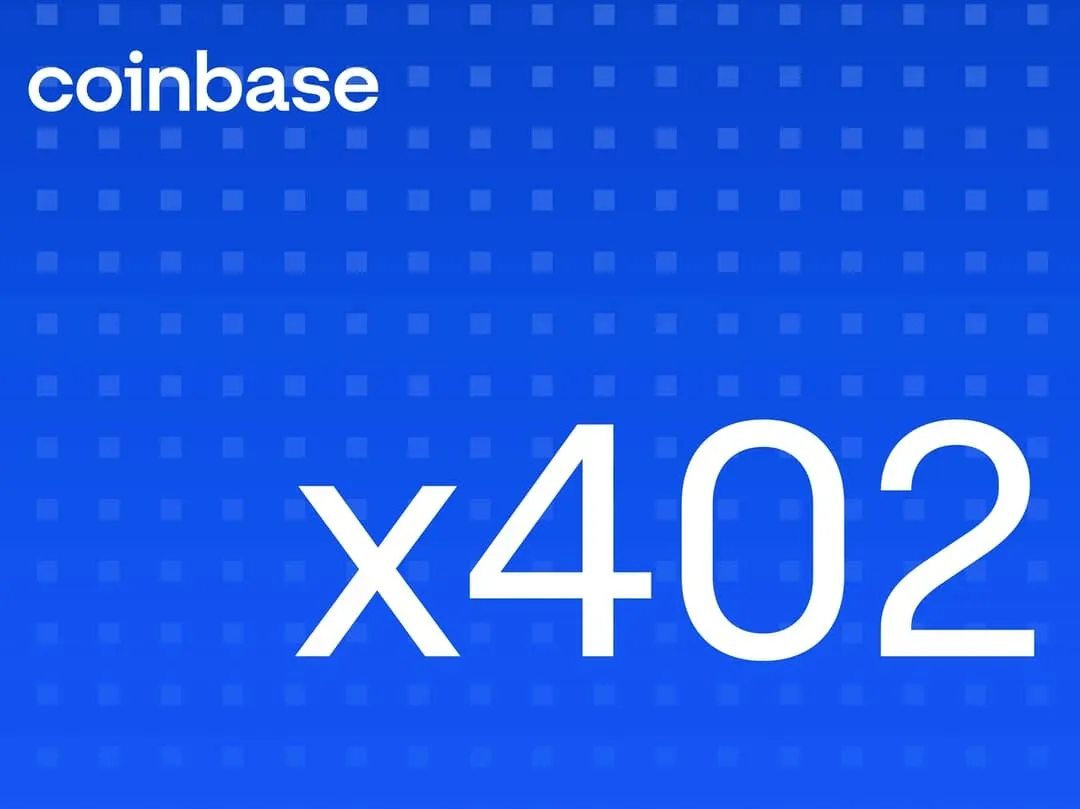Imagine that you just bought a brand new subway card, ready to start a pleasant journey. But the ticket seller tells you that the first step is to remember a randomly generated password—a string of characters that looks like a dense divination paper, perplexing. Then he adds, “If you lose this password, you will never be able to take the subway again, and the money on the card will be permanently lost.” Oh, and one last little tip: before each swipe, you have to face dynamic fee options, and a slight misstep could lead to overpayment or a failed transaction.
Sounds like a joke, right? But this is the real experience of a blockchain wallet. Mnemonic phrases, gas fees, transaction failure rates—these maddeningly complex details are silently keeping ordinary people at bay. Blockchain technology originally promised “everyone can use it,” but its user experience seems designed specifically for geeks.
The good news is that this situation is changing. A silent technological revolution is underway: making wallets understand human language and hiding complexity in the background.
If AI gets involved, this transformation could bring blockchain wallets their own “iPhone moment”—not because the technology is more powerful, but because it finally becomes simple.
1. From Fixing ATMs to “Just a Few Clicks”: The Evolution of Wallets
Remember old ATMs? They were bulky and complicated, with screen instructions that were hard to grasp. You had to figure out how to operate the machine before you could complete a withdrawal. And what about today’s ATMs? Just insert your card, enter your password, press a few buttons, and the money comes out. Users don’t need to understand the underlying mechanical principles—those gears, wrenches, and circuit boards are hidden inside the machine.
Early wallets were like old ATMs. You had to write down mnemonic phrases, set gas fees, choose nonces, and pray that the transaction wouldn’t fail. Account Abstraction (AA) technology is changing all of this. Its goal is simple: to make wallets a “just a few clicks” tool.
How does AA technology achieve this?
It hides the complex underlying logic in the background, allowing users to interact with the blockchain in familiar ways. For example, you can unlock your wallet with your phone’s fingerprint instead of remembering that string of mnemonic phrases; if there’s a problem with your account, you can recover it with the help of family or friends; and the wallet can even help you pay gas fees, so you no longer have to calculate transaction fees for each transaction.
Data speaks for itself. In wallets that support AA technology, the number of steps for a novice to complete their “first transfer” can be reduced from six to two. The transaction failure rate also significantly decreases.
Simplicity not only improves the experience but also encourages more people to try it.
Of course, convenience also brings risks. The more powerful AA technology becomes, the more users may rely on certain single service providers, such as custodial platforms or infrastructure providers. It’s like driving an “automatic” car: while it’s easy to drive, if the transmission breaks, you can only go to the original manufacturer for repairs.
2. When Wallets Become “Financial Siri”
The future blockchain world might look like this: you log into your blockchain wallet and send a command: “Help me buy $500 worth of Bitcoin and stake it in the highest-yielding DeFi protocol.” Then, it understands your intent, proactively breaks down the path, optimizes fees, and completes the transaction. You don’t need to learn any blockchain knowledge or worry about transaction failures. The wallet is no longer a cold, hard tool but a smart, proactive “study assistant.”
This is the potential of AI-driven wallets in the future. It transforms wallets from “tools” into “partners,” helping you complete complex on-chain operations.
If we summarize the capabilities of AI-enabled wallets as an evolutionary process, it can be divided into a “four-step” process:
Step 1: Understand what you say (intent parsing): You only need to express “what I want to do,” rather than “how I should do it.”
Step 2: Automatically break down steps for you (execution orchestration): It will package multiple operations into a simple command, reducing the chance of errors.
Step 3: Monitor for you in the background (risk control): It will help you identify suspicious contracts, abnormal authorization requests, and potential phishing attacks.
Step 4: Remember your preferences (personalized configuration): It will customize asset management strategies based on your risk preferences and liquidity needs.
These features may sound like science fiction, but they are already beginning to enter reality.
Take Coinbase, the largest cryptocurrency exchange in the U.S., for example. This month, the company announced a new system aimed at enabling AI agents to “go on-chain.” This tool will allow large language models (including top models like Anthropic’s Claude and Google’s Gemini) to directly access blockchain wallets and conduct transactions using cryptocurrencies.
Additionally, the founder of an AI product described an early pilot project at an industry seminar in London this month, where users completed their first on-chain transaction through natural language prompts. For advanced traders, AI allows for bulk investments in multiple tokens through a single command—something that is nearly impossible to achieve manually. He mentioned that the company is also testing automated “strategies” that can trigger transactions or portfolio actions based on conditions like price changes or social signals, allowing agents to execute trades on behalf of users.
Of course, AI’s intelligence could also lead to trouble. If it is hijacked by malicious code, your money could end up in the wrong place. The solution is to set up a “sandbox” for AI: limiting its permissions so that every operation can be audited and traced.
3. Three Barriers: Why Web2 Users Haven’t Joined Yet
AI makes wallets smarter, but the migration from Web2 to Web3 still faces three barriers:
- Fiat deposit and withdrawal: Ordinary users need a low-friction fiat deposit channel. If depositing is as simple as recharging a subway card, the user conversion rate will significantly increase.
- User experience and failure rates: Fluctuating gas fees and transaction failures deter users. The collaborative optimization of AA technology and AI can significantly improve these issues.
- Compliance and trust framework: Wallets and AI need to meet global compliance requirements while ensuring the security and transparency of transactions.
The key to solving these problems lies in collaboration. AA technology hides underlying complexity, AI reduces the learning cost for users, and fiat entry and exit points along with stablecoin tracks solve the last mile of payment.
Only when these technologies work together can on-chain transactions be as simple as Apple Pay.
4. The AI Agent Economy: When Wallets Act on Your Behalf
The logic of traditional finance is: humans give commands, institutions execute them. In the blockchain world, the logic becomes: humans express intent, AI executes it, and the blockchain completes the settlement. This model is known as the “agent economy.”
The advantages of the agent economy are evident: it compresses the distance between trust, decision-making, and execution. But it also brings new challenges:
- Moral hazard: Will AI deviate from the interests of users?
- Information asymmetry: Can users audit AI’s decisions and transaction paths?
- Incentive compatibility: Is it possible for AI to choose transaction paths that are more beneficial to itself (such as slippage or MEV)?
Addressing these issues requires collaboration between technology and regulation. For example, AI’s operational scope can be limited through permission sandboxes; transaction transparency can be ensured through auditable logs; and layered KYC and emergency rollback mechanisms can meet regulatory requirements.
5. Who Might Win: Not the Fastest Car, but the Easiest to Drive
The competitive barrier for smart wallets lies not in the advancement of technology but in the smoothness of user experience. The future winners may have the following four advantages:
- Distribution and user relationships: Who can become the default entry point for users, such as social platforms or payment tools.
- Funding costs and clearing efficiency: Who can provide the lowest transaction costs and the highest success rates.
- Developer ecosystem: Who can build the strongest developer community and standardized interfaces.
- Compliance and brand trust: Who can obtain the most licenses and user trust globally.
Regional differences will also shape different market landscapes: why do the U.S. and EU emphasize compliance, while Latin America and Africa focus more on cross-border payments? Why do Southeast Asia and the Middle East lean towards super apps?
More in-depth analysis on the regional differences in the global crypto market will be coming soon in this column.
Conclusion: The Best Technology is One You Don’t Notice
Great technology often ends with a sense of “invisibility.” Light makes people forget electricity, navigation makes people forget maps. Blockchain wallets should be the same. They don’t need you to understand every detail of blockchain; they just need to help you complete each transaction.
When technology becomes invisible, users will appear; when users appear, growth will happen.
This time, blockchain may truly step out of the realm of geek toys and into the living rooms of ordinary people. And all it needs to do is learn to understand one human phrase: “Help me get this done.”
免责声明:本文章仅代表作者个人观点,不代表本平台的立场和观点。本文章仅供信息分享,不构成对任何人的任何投资建议。用户与作者之间的任何争议,与本平台无关。如网页中刊载的文章或图片涉及侵权,请提供相关的权利证明和身份证明发送邮件到support@aicoin.com,本平台相关工作人员将会进行核查。



